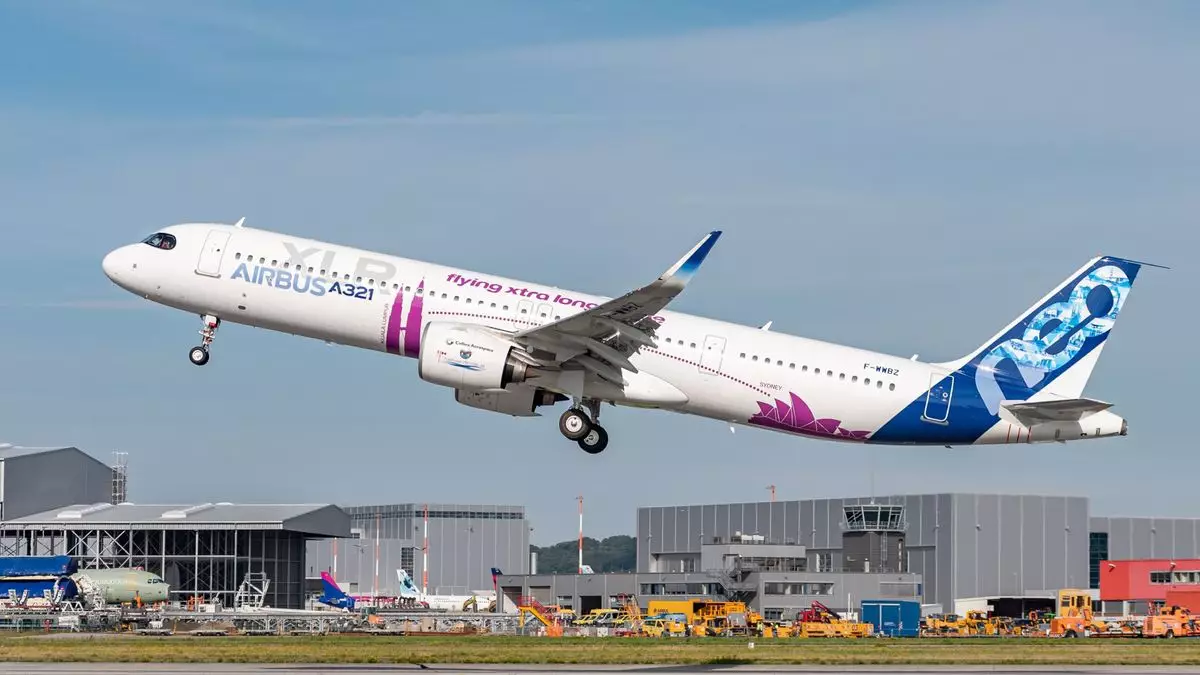The commercial aviation industry is currently grappling with an unprecedented backlog of over 17,000 aircraft orders, a staggering figure that reflects significant operational challenges. According to the International Air Transport Association (IATA), this backlog, which translates to a 14-year wait at current production rates, underscores severe constraints on industry growth. As airlines strive to rejuvenate their fleets, they are shackled by delays, resulting in an average aircraft age that has crept up from 13 years in 2015 to a concerning 15 years today. These statistics paint a picture of an industry caught in a time warp, unable to modernize and expand its capabilities to meet surging travel demands.
Broken Supply Chains: The Heart of the Problem
At the crux of this issue lies a multitude of supply chain challenges that have plagued manufacturers like Boeing and Airbus. Forecasts indicated that 1,430 aircraft deliveries would occur in the current year, yet manufacturers have managed to deliver only 359 planes in the year’s opening months. IATA’s senior vice president, Nick Careen, describes the unpredictability of aircraft delivery timelines as frustrating, stating, “When you order an aircraft today, your guess is as good as mine when you’re going to receive it.” This uncertainty raises concerns not just for airline operators but also for travelers eager to take to the skies.
The industry’s annual fleet replacement rate has dwindled to half of what it was in 2020—an alarming trend highlighted by IATA director general Willie Walsh. Walsh has rightfully pointed fingers at manufacturers, urging them to expedite resolutions to ongoing supply chain problems that could persist well into the latter half of the decade. A shortage of skilled labor and persistent issues with titanium sourcing are just the tip of the iceberg. The compounded impact of grounded aircraft—especially those requiring inspections like the Pratt & Whitney GTF engines—heightens the crisis.
Contrasting Perspectives: Opportunities Amidst Adversity
Interestingly, while many airline executives lament the negative ramifications of delivery delays, others, like Steve Saxon from McKinsey, provide a refreshing counter-narrative. He suggests that the slow pipeline could inadvertently benefit airlines by driving up yields and profitability, thus preventing rapid overexpansion that could lead to market saturation. This perspective invites a deeper reflection on the paradox at play within the industry.
Despite the hurdles, IATA reported a net profit of $32.4 billion for the airline industry last year, emblematic of the financial resilience exhibited by companies navigating the storm. IndiGo CEO, Peter Elbers, echoes the frustration surrounding the delivery timelines, calling them a “missed opportunity” to meet burgeoning market demands. This juxtaposition of viewpoints reveals a dichotomy wherein some see stagnation as a lost chance while others interpret the constraints as a hidden boon.
Understanding these divergent perspectives can prove essential for stakeholders attempting to chart a successful course through turbulence that could affect air travel, investments, and economic recovery. With the right balance between caution and growth, the airline industry may yet find a way to not just survive but thrive amidst these challenges.


Leave a Reply